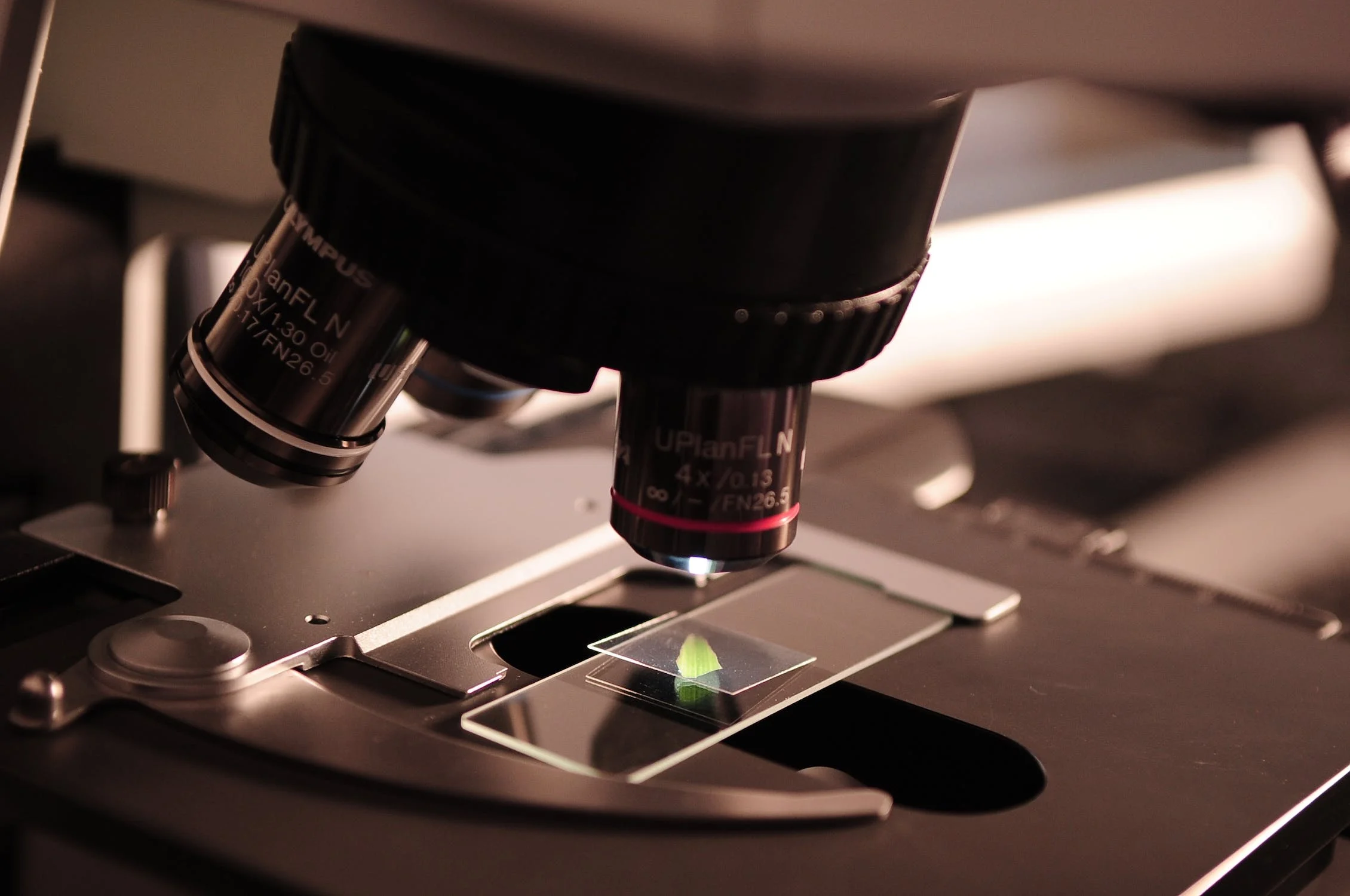Research

Deciphering Lymphoid Development
We work at the interface of stem cell biology and immunology to advance our understanding of fundamental mechanisms underlying lymphocyte development. Leveraging new models such as iPSC-derived T and NK cells, we aim to increase the efficiency of identifying novel regulators that have critical roles during the differentiation of lymphoid cells.

Cell Engineering for Next-generation Immunotherapy
Harnessing the power of new technologies in genomic engineering, regenerative medicine, and synthetic biology, we seek to produce clinically relevant T cells from iPSCs to realize off-the-shelf cellular immunotherapies for the treatment of cancer.

Cellular Immunotherapy Beyond Cancer
Exploring the potential of iPSC-derived CAR T cells to unlock a safe and scalable off-the-shelf therapy for autoimmune disorders.
